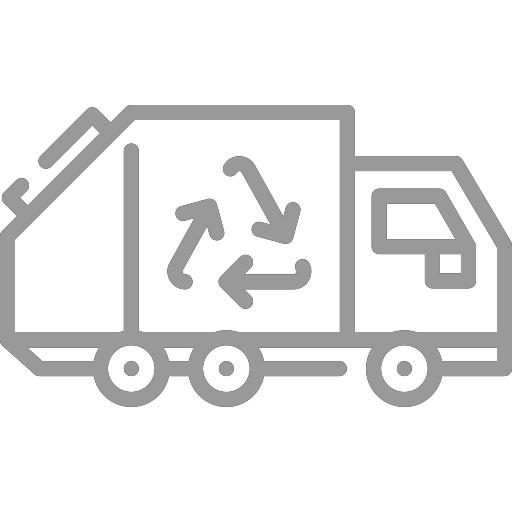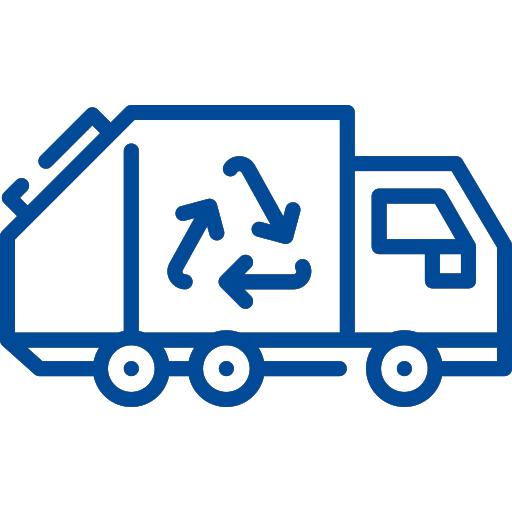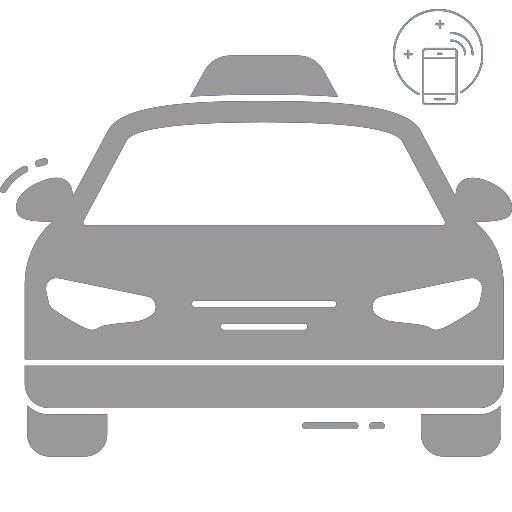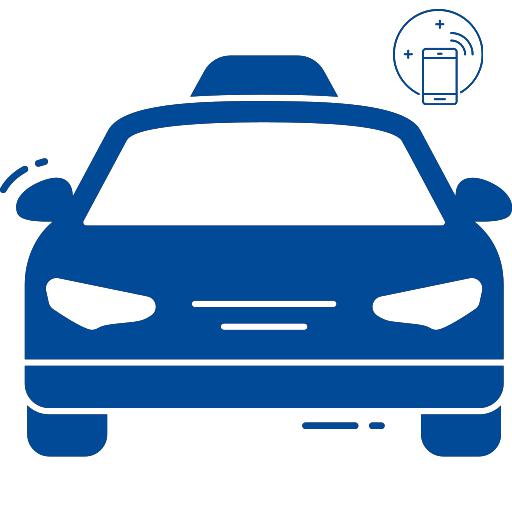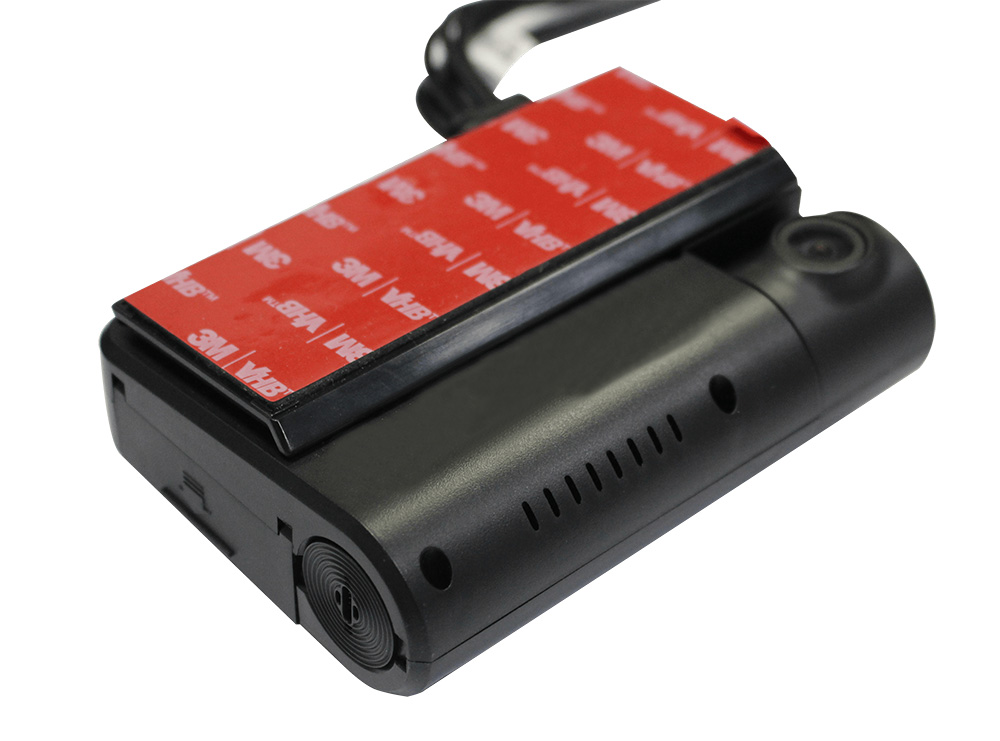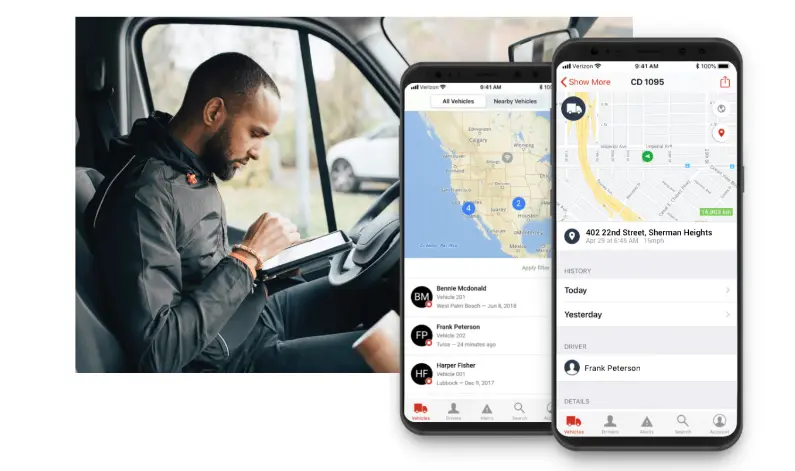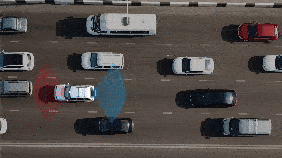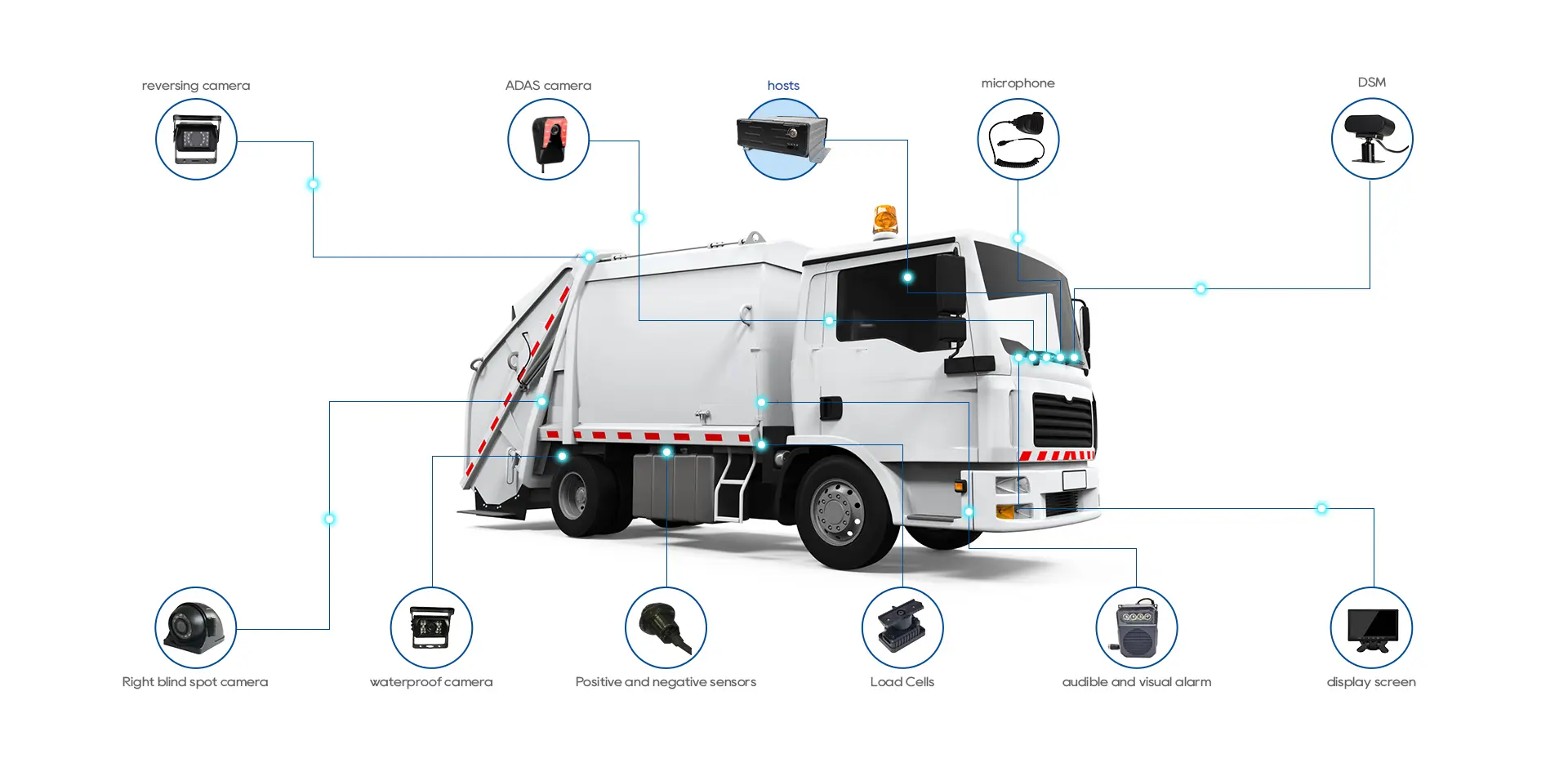Auto DVR Camera System: Fleet Safety Guide
Auto DVR Camera System
In today’s complex road traffic environment, an Auto DVR Camera System has evolved from a luxury to a necessity for vehicle owners. More than just a dashcam, it serves as an indispensable tool for accident documentation, theft prevention, fraud deterrence, and travel logging. This guide offers a comprehensive overview of the core benefits, key selection criteria, usage tips, and a recommended product to enhance your fleet's safety and efficiency.
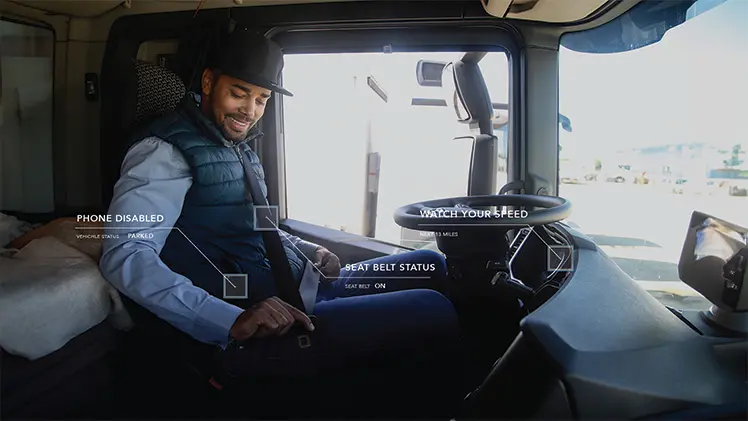
Core Functions and Value of an Auto DVR Camera System
An Auto DVR Camera System is not merely a "driving recorder" — it is an integrated solution combining video capture, storage, and intelligent analysis. Its value lies in the following capabilities:
1.Accident Documentation & Truth Restoration:
High-definition lenses record real-time road conditions. In the event of a collision or scrape, the footage serves as critical evidence to determine liability and prevent fraudulent claims.
2.Parking Surveillance for Risk Prevention:
The system can monitor the vehicle even while parked. It automatically records and stores footage if scraping, theft, or vandalism is detected.
3.Driver Assistance for Enhanced Safety:
Advanced systems with ADAS (Advanced Driver Assistance System) provide features such as lane departure warnings, forward collision alerts, and speed limit recognition to help drivers avoid risks proactively.
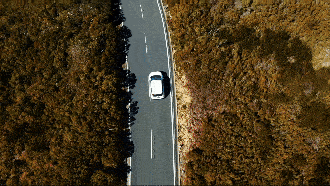
4.Travel Logging for Memorable Journeys:
During road trips, HD cameras capture scenic views and support one-click sharing to social platforms, preserving wonderful memories along the way.
Key Criteria for Selecting an Auto DVR Camera System
With a wide range of products on the market, consider these critical parameters when choosing the right Auto DVR System:
1.Resolution & Frame Rate:
Resolution defines image clarity — 1080P (Full HD) is the baseline. A minimum of 30fps (frames per second) is recommended to ensure smooth playback in dynamic scenes.
2.Lens Angle & Night Vision:
A wide-angle lens covering 120°–170° helps eliminate blind spots. Night vision quality depends on a large aperture (F1.6 or lower) and infrared enhancement to ensure clear imaging in low-light environments.
3.Storage & Stability:
Look for systems that support loop recording (automatically overwrite old files). Use a Class 10 or higher speed TF card with 64GB–256GB capacity. Ensure the system has heat resistance and shockproof features to withstand harsh in-car conditions.
4.Smart Features:
Choose systems with GPS tracking (to log travel routes), Wi-Fi connectivity (for real-time viewing/downloading via smartphone), and G-sensors (to lock recordings upon impact), enhancing user convenience.
Installation & Maintenance: Maximizing Performance
1.Installation Position:
Mount the front camera behind the rear-view mirror to avoid obstructing the driver’s view or airbags. Dual-camera systems require a rear camera to cover the rear field of vision.
2.Wiring Options:
Power can be supplied via a cigarette lighter adapter (easy DIY) or through the fuse box (concealed wiring, enables parking mode). Professional installation is advised for beginners.
3.Routine Maintenance:
Regularly clean the lens to prevent dust from affecting video quality. Format the storage card monthly to avoid data fragmentation. Avoid prolonged exposure to high temperatures to extend device lifespan.
Recommended Product: YUWEI Auto DVR Series
Among many DVR manufacturers, YUWEIstands out for its robust design and rich feature set. Designed to meet various vehicle requirements, YUWEI products offer industrial-grade durability and advanced technology. Key highlights include:
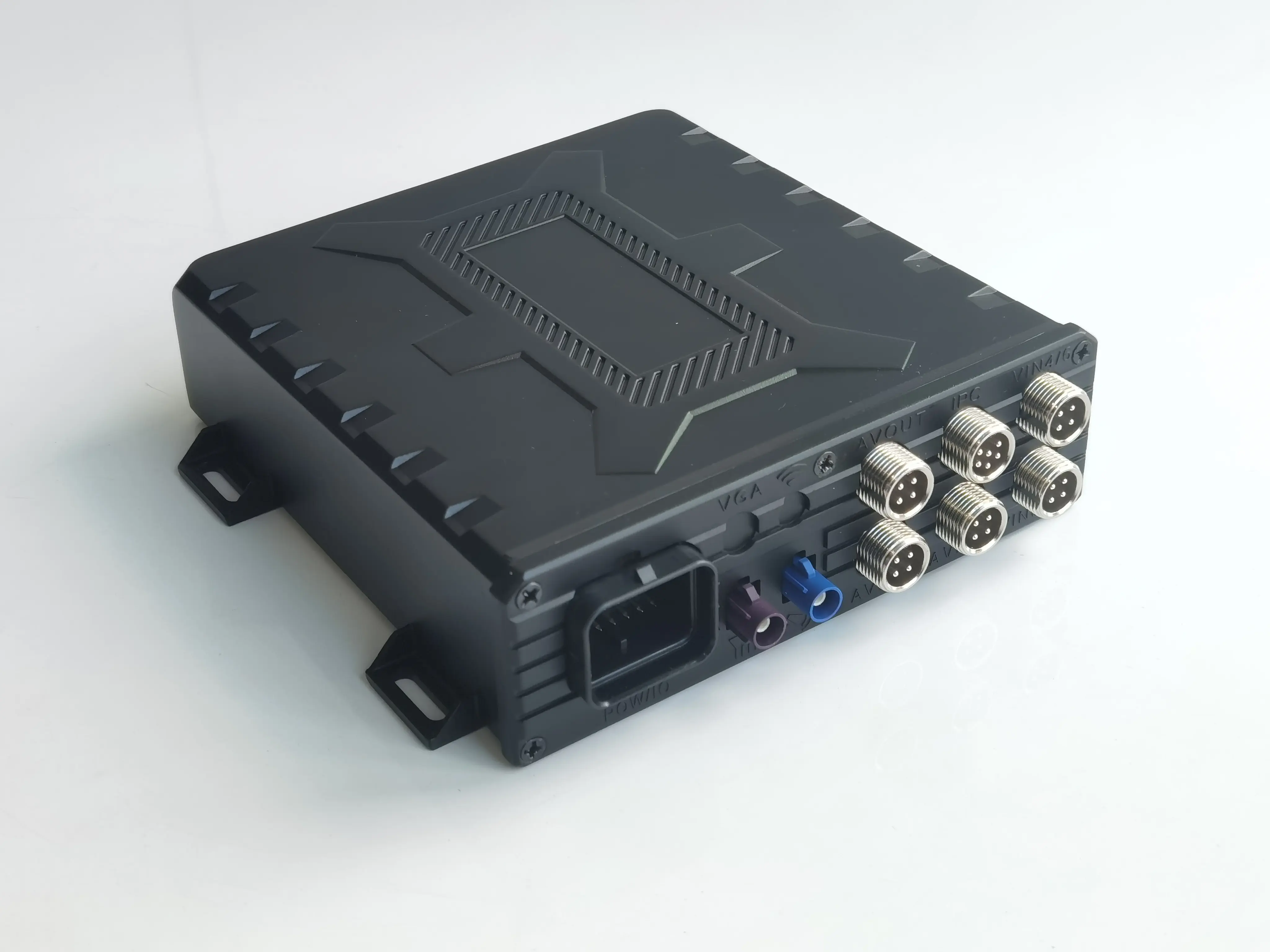
A. Basic Specifications
1.Structure & Dimensions:
Measures 158.5×144.5×44mm. Made with die-cast aluminum housing for high durability.
2.Protection Level:
Rated IP67 — resistant to dust and water ingress, suitable for harsh environments.
B. Environmental & Power Performance
1.Environmental Adaptability:
Operates within -30°C to 70°C; storage temperature ranges from -40°C to 85°C — reliable under extreme weather conditions.
2.Working Voltage:
Compatible with 9–32V systems. Includes automotive battery protection (8.5V±0.5V for 12V systems, 17V±0.5V for 24V systems), ensuring electrical safety.
3.Power Consumption:
Ultra-low power draw with static current < 2mA. Supports zero-power sleep mode. Average power consumption < 24W. Features ignition wake-up and RTC timer-based wake-up for energy efficiency.
C. Core Configuration
1.Supercapacitors:
Equipped with 3 supercapacitors for 2–3 seconds of power after shutdown — ensures complete video storage before power loss.
2.Status Indicators:
Two indicator lights display communication status and terminal operations for easy system monitoring.
D. Audio, Video, and Storage
1.Video Capabilities:
Supports up to 6-channel AHD/CVBS video input. Provides 12V power output per channel (max 0.5A), and 1 CVBS video output.
2.Audio Features:
Supports standard two-way audio recording with a 2W hands-free speaker for voice interactions.
3.Storage Capacity:
Accommodates one SD card, supporting up to 2TB — ideal for large-scale video storage.
E. Interfaces & Modules
1.Data Ports:
Includes 2×RS232 interfaces (5V @ 500mA) and 1×RS485 interface for flexible data communication and device integration.
2.Positioning Module:
Built-in GPS and Beidou dual-system positioning — delivers precise location tracking.
3.Communication Module:
Comes with a 4G module and a drawer-type pluggable SIM card for stable connectivity.
F. IO Functions
1.Input/Output Capabilities:
Offers 7 inputs (ACC, left/right turn, high/low beam, reverse, brake) and 1 open-drain output — providing comprehensive vehicle state monitoring.
Email:hello@yuweitek.com

















